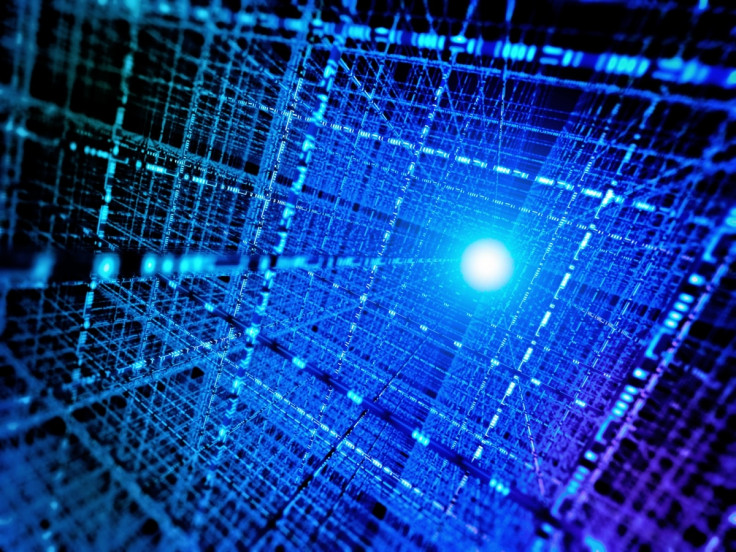'Super-Atom' Discovery Opens New Experimental Path for Quantum Computing

A phenomenon predicted 60 years ago by Albert Einstein that sees clouds of atoms acting as a single "super-atom" has been realised, bringing with it profound implications for the future of quantum computing.
Researchers at Washington State University (WSU) temporarily created the coldest place in the universe - just 100 billionths of a degree above absolute zero (-273°C) - to create a physical state known as a Bose-Einstein condensate.
In this state, a group of atoms act together in unison to magnify the effects of quantum mechanics which can potentially be exploited to create vastly more powerful computing systems.
"This large group of atoms does not behave like a bunch of balls in a bucket," said Peter Engels, associate professor of physics at WSU. "It behaves as one big super-atom. Therefore it magnifies the effects of quantum mechanics."
Quantum computers could make use of this phenomenon to increase the number and efficiency of quantum bits, or qubits, which work to exponentially increase computer processing speeds.
What is quantum computing?
Quantum computers, widely hailed as the next technological revolution, combine quantum mechanics with computer science to exponentially speed up processing. Quantum bits, or qubits, act in a state of superposition that allows them to operate in multiple states at once, rather than just the two states in which traditional bits function.
The most obvious application for quantum computers is with complex optimisation problems that arrive through the vast amounts of data that is currently being produced, generating new and useful insights into economic systems, the environment, medicine and space travel.
The research, published in Nature Communications, built upon previous work that coupled atoms and photons, though in a much more complicated manner.
"We have found an implementation of the system that allows us to go in the lab and actually test the predictions... in a system that is not nearly as complicated as people always thought it had to be," Engels said.
© Copyright IBTimes 2025. All rights reserved.





















